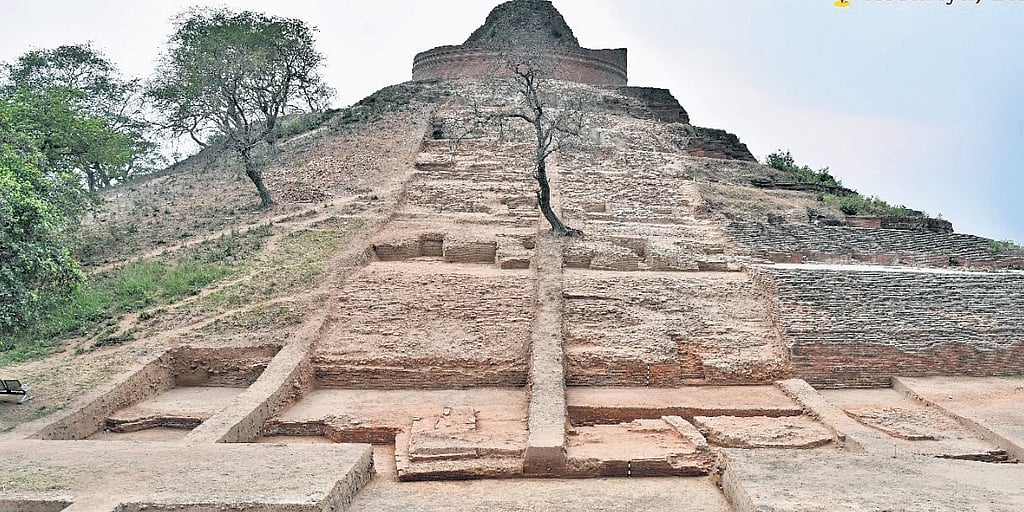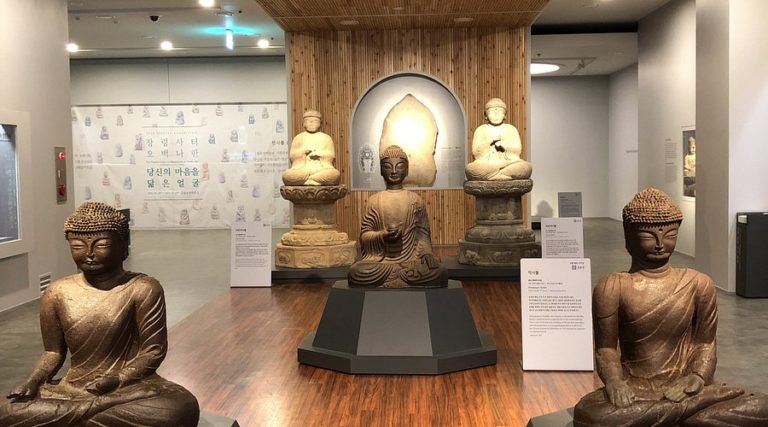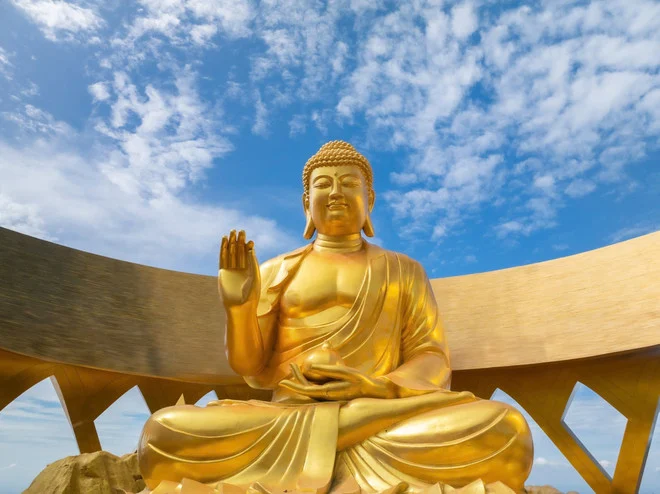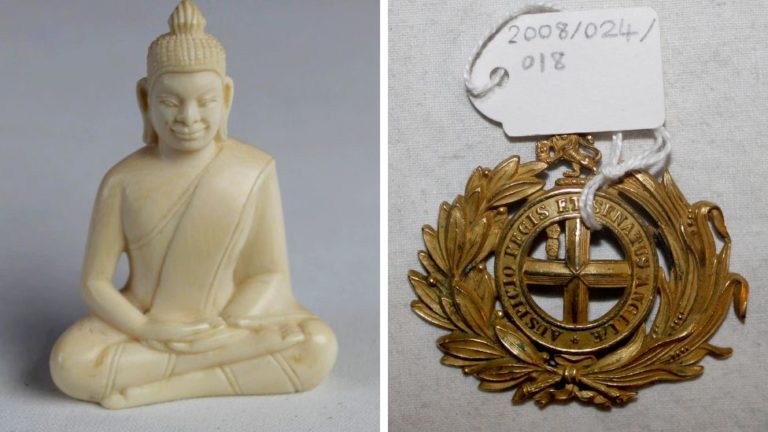NEW DELHI: Recent excavations undertaken at the Tejpur Deora Stupa, also known as ‘Kesariya Stupa’, have exposed the true extent of the architecturally-imposing structure in Bihar’s East Champaran. A team of archeologists have observed existence of an additional terrace below the present ground level, suggesting, the structure is even grander than previously believed.

According to officials, several trenches were made on the eastern slope and terraces of the Buddhist structure, which has also revealed architectural features such as brick walls, open drains, and rammed floors.
“Excavations at the northwest of the main Stupa revealed part of the outer brick circumambulatory path, running from north to the south and taking a crescent shape. Some sections of the path are partially missing,” officials said.
The revelation of an additional earlier-unknown level of the Stupa was recently announced by the ASI on ‘X’.
Construction of the Stupa began in the three century BCE. The site was earlier systematically excavated by the Archaeological Survey of India (ASI) in 1998. Excavations were also conducted in 2018-2019 and then, after a gap of few years, once again resumed in 2024.
Before the 1934 earthquake in Bihar, the height of Kesariya Stupa was 123 feet. According to ASI reports, when Buddhism thrived in India, the Stupa was around 150 feet. Presently, it stands at 104 feet.
“Currently, the Stupa stands with six visible terraces above ground. Each terrace contains a series of cells, and the structure is surmounted by a cylindrical drum composed of solid brickwork. Recent excavations suggest the existence of an additional terrace below the present ground level, which would increase the estimated dimensions of the Stupa,” read the post by the ASI.
Officials said red-colour ware shards and bone fragments have been found near the open drains. The rammed floor comprises ‘brick jelly top’ and ‘kankar’ granules at the bottom. It was plastered with lime and rested over a brick paved floor, officials shared.
“Two cells containing partial stucco Buddha images were uncovered on the third terrace, along with paved brick areas. The cell on the northern corner had the lower portion of a seated Buddha image in stucco placed along the central wall. The central cell had a small seated image of Buddha in stucco (only lower part) along its right wall,” officials said.
Lord Budhha, on his last journey, spent atop Kesaria, where he made sensational announcements, which were later on recorded in the Jataka tales (collection of Buddhist myths detailing past lives of the Buddha).
‘May prove earlier assumptions incorrect’
Before the 1934 earthquake in Bihar, the height of Kesariya Stupa was 123 feet. According to ASI, when Buddhism thrived in India, the Stupa was around 150 feet. Presently, it stands at 104 feet. “Recent excavations suggest the existence of an additional terrace below the present ground level, which would increase estimated dimensions of the Stupa,” ASI said.




